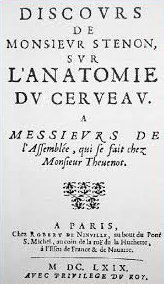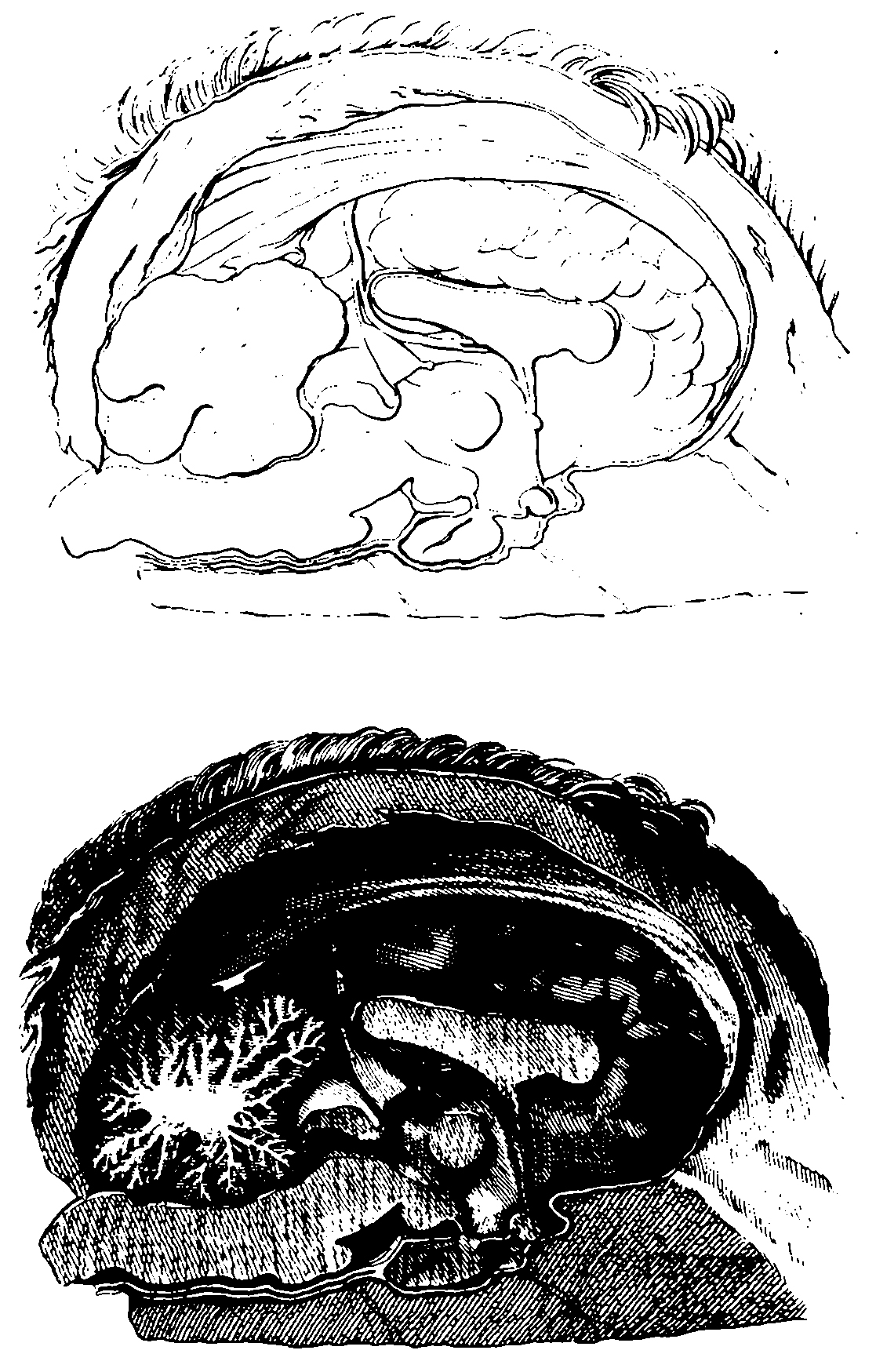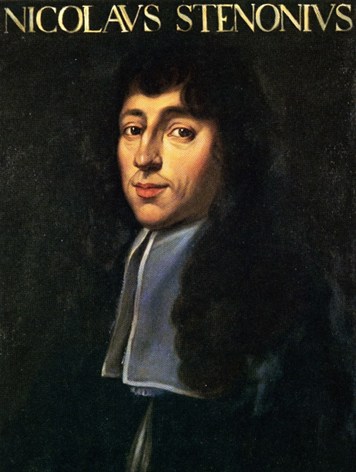The Discours sur l’anatomie du cerveau (“Discourse on the Anatomy of the Brain”) is one of the most famous works by Nicolas Stensen (Niels Steensen in Danish; Nicolaus Stenoni in Latin; often abbreviated as “Steno” in English), a Danish polymath scientist, then elected catholic bishop, who lived 1638-1686. The Discourse deals with the anatomy of the brain and has been pronounced in 1665 at Melchisédec Thévenot’s Parisian house, where several learned meetings were regularly organized and which gave raise to the Académie Royale des Sciences in 1666. It has been then published by Thévenot himself four years later (in 1669)[1].

What interest can a discourse on brain anatomy dating back to the 17th century rise today, especially in the light of the impressive advancements of current neuroscience? Actually, there is more than one element of interest, not only for the history of neuroanatomy, but also for methodological issues and about those philosophical questions regularly accompanying scientific progress. Already at that time, the brain and its functioning was a puzzling subject matter, which also raised philosophical debates about human mental faculties. Interestingly, the Discourse has been pronounced one year later the publication of two influential books on the same topic: Thomas Willis’ Cerebri[2] and René Descartes L’Homme[3]. Steno did not hesitate to criticize both authoritative works, mainly on empirical grounds. He complained that Willis’s work presented several speculations about the localization of mental functions in the brain, speculation that had no clear and compelling empirical evidence. On Descartes, he was even more severe, blaming “the famous philosopher for not having applied his own method to the study of the brain”[4]. Special criticism was addressed to Descartes’ idea of the Pineal gland as the interface between mind and body, which Steno revealed to be based on incorrect anatomical data and details. Steno also criticized Cartesian materialistic conception of the human body as a machine:
“Such of M. Descartes’ friends who look upon his man only as a machine, will be so good as to believe that I do not here speak against his machine, the contrivance of which I have admired; but as for those who pretend to demonstrate that M. Descartes’s man is made like other men; anatomical observations may easily convince them that this is a fruitless attempt.”[5]
Steno’s Discourse certainly became famous for its criticism to such renowned personalities, but also as it offers a lot of well-presented and reliable evidence on the actual anatomy of the human brain. Its descriptions and displays unveiled several features of the brain’s make-up.

Can the Discourse be considered as a strictly empirical work? On the one side, certainly yes, as it explicitly intends to avoid any ungrounded speculation, to the point of claiming that nothing can be said about the localization of mental functions on the basis of the data available on brain anatomy. Such Steno’s attitude has been recently labelled as “critical experimentalism”[6] – i.e., the methodological viewpoint according to which (a) “brain anatomy is restricted to the mere description of forms, positions, colors, size, and connection of the parts of the brain”, and (b) “one must base hypotheses about functions only on anatomical propositions that are obvious and certain”[7]. On the other side, however, the Discourse has a philosophical flavor when, towards the end, offers a programmatic and heuristic outlook of how neuroanatomy should develop. Steno envisaged the key importance of tracing the fiber connections constituting the brain white matter (notably, he described the white matter as the “great masterpiece of nature”). He proposed several practical methods to dissect brains minimizing the artifacts that dissection procedures may induce in the tender and complex brain matter. He also argued that neuroanatomy cannot avoid a multidisciplinary approach encompassing anatomic pathology, comparative anatomy, embryology and studies of brain development, as well as experiments on living animals.

Besides its intrinsic relevance, moreover, the Discours sur l’anatomie du cerveau acquires its full meaning when understood in the light of the emblematic and polyhedral figure of Niels Stensen – whose contributions spanned from neuroanatomy to paleontology, geology, stratigraphy and crystallography – and of his life: the life of a naturalist charmed and wondered by the characters of nature and of the human body. Steno’s amazement stemmed from his scientific research and led him to a more and more lively faith in the Creator. John Paul II declared him Blessed on October 23, 1988.
[1] N. Stensen, Discours de Monsieur Sténon sur l’anatomie du cerveau à Messieurs de l’Assemblée, qui se fait chez Monsieur Thévenot, R. de Ninville, Paris 1669.
[2] T. Willis, Cerebri anatome, cui accessit nervorum descriptio et usus, Martyn and Allestry, London 1664.
[3] R. Descartes, L’Homme de René Descartes et un traité de la formation de fœtus du même auteur, Girard, Paris 1664.
[4] Cf. A. Parent, “Niels Stensen: A 17th Century Scientist with a Modern View of Brain Organization”, Can J Neurol Sci. (2013) 40: 482-492; here p. 486.
[5] Quoted in P. Perrini, “Niels Stensen (1638-1686): Scientist, Neuroanatomist, and Saint”, Neurosurgery 67 (2010): 3-9.
[6] R. Adrault, “Human Brain and Human Mind: The Discourse on the Anatomy of the Brain and Its Philosophical Reception”. In: R. Adrault, M. Laerke (eds.), Steno and the Philosophers, Brill, Leiden and Boston 2018, pp. 87-112.
[7] R. Adrault, “Human Brain and Human Mind”, cit., p. 97.